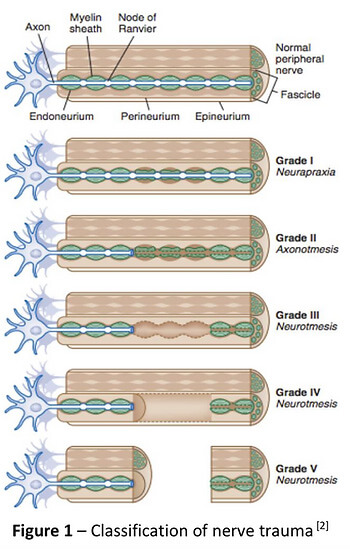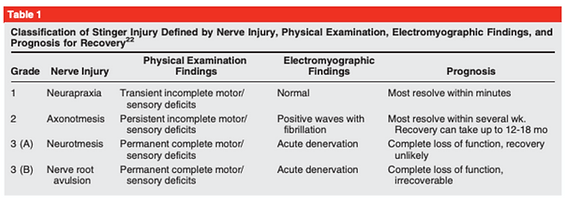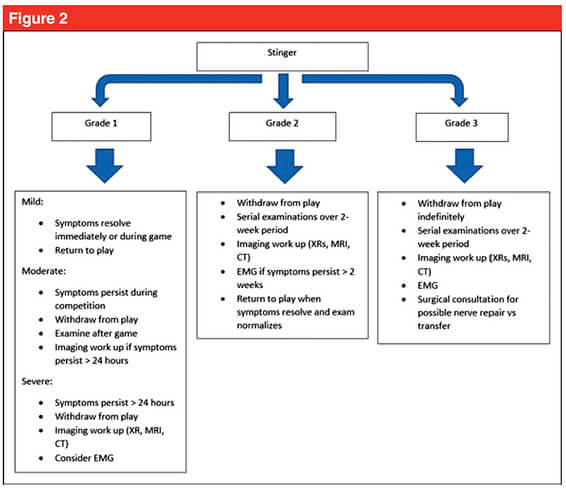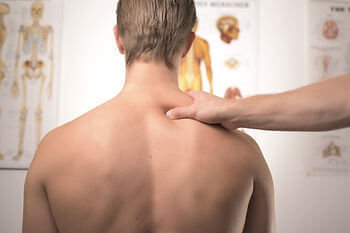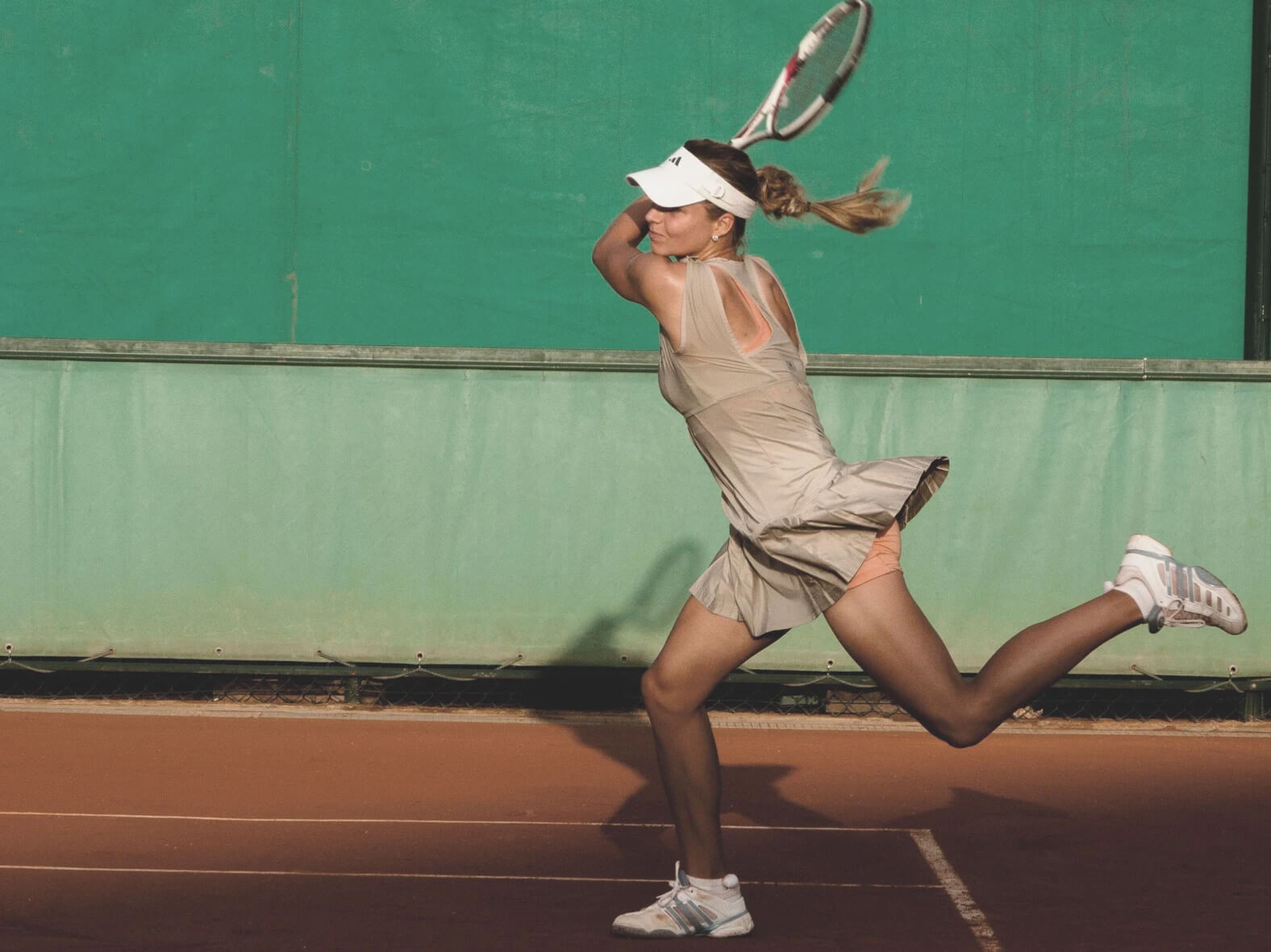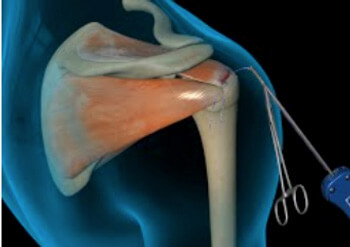
FACT OR FICTION FRIDAY || All rotator cuffs tears need surgery.
Answer: FICTION. The devil is in the detail!
The rotator cuff is a group of 4 muscles that aid in providing stability through range for the shoulder joint, particularly overhead. There are multiple risk factors for RC tears, but most are down to overactivity of the shoulder joint decreased conditioning of the shoulder complex, which comes with age. In fact, cuff tears are common in individuals over the age of 40 with linear increase in incidence as we get older.
Pain with movement and function is one of the biggest symptoms of a rotator cuff tear. However, it is important to know that a sizeable portion of RC tears are actually asymptomatic and don’t cause the person any pain or discomfort! A study by Minagawa and Yamamoto in 2013 found that in a screening of 664 village residents, 147 subjects had RC tears on a medical imaging screening. Surprisingly 65% of them had no symptoms at all and didn’t have any shoulder complaints.
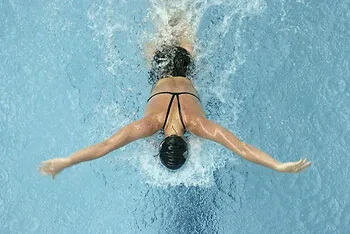
The two main ways of treating a cuff tear is either through conservative management with your physiotherapist or down the surgical route, which is also then followed by physiotherapy rehabilitation.
SO, back to the original question: “Do I need surgery?”. As always – it is a case by case decision!! There is no definitive evidence for supporting one over the other generally speaking!
However, it is vitally important to note that each option comes with their own pros and cons. Furthermore, it is important to remember that just as every person is different, each case of rotator cuff tear is different. Young vs old, acute vs degenerative RC tear, current and desired future function, pain levels, radiographic findings, previous history of shoulder trauma and the patient’s wishes are only some of the questions that aid in the decision process.
The best way to decide would be to contact us to asses you and discuss both options and what your goals of rehab are so that a tailored plan can be developed WITH you. To read more about RC tears, read our blog here
To get your shoulder back on track, book online or give us a call on (07) 3102 3337.
Team Praxis
PREVENT | PREPARE | PERFORM

